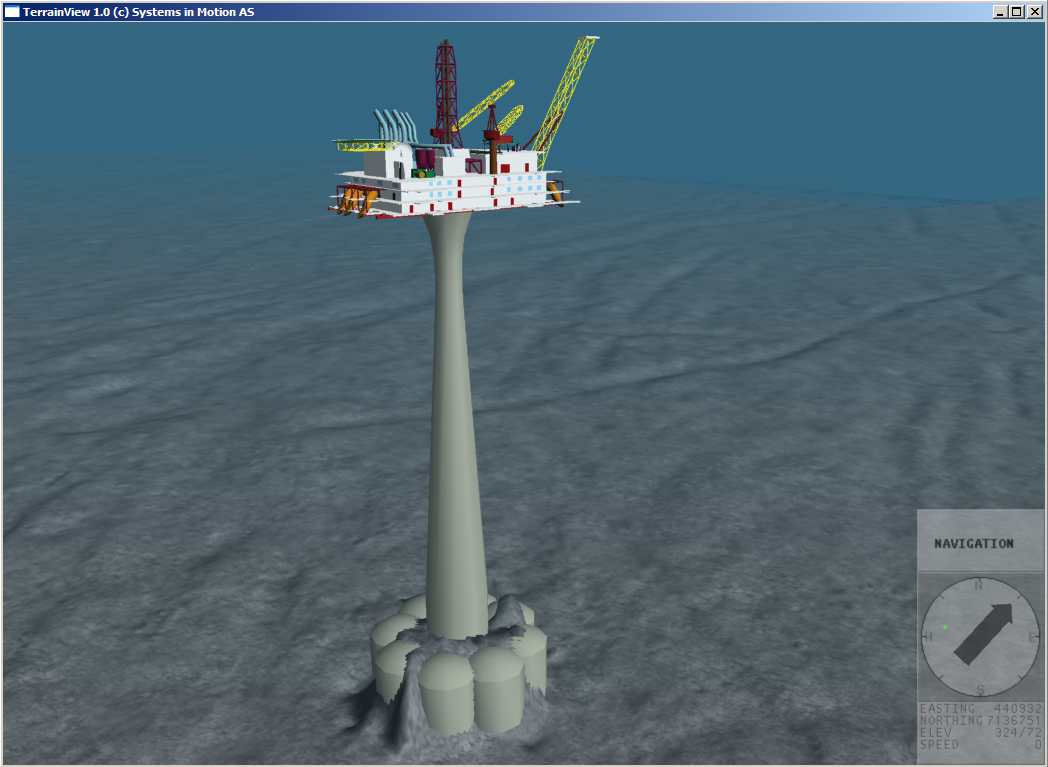As several have said, if we consider strength to compressional load bearing ratio as the indication of ‘best’, a cylinder is the best form to use. Certainly cylinders can have torsional load issues and buckling can set in pretty quickly, and catastrophically, if you just nudge over certain criteria but in structures that support big axial loads, these can generally be dealt with through multiple cylinders and cross bracing.
Now if we need a single column, no cross bracing allowed , and we have to carry a metric arseload of weight, what do you do?
You use a cylinder of large enough diameter and suitable wall thickness that can manage the axial ( including buckling) and expected torsional loads
Here is the Draugen platform, single big cylinder supporting a lot of weight.

(I have no idea whose Flickr account this is , but google image search came up with it and it illustrates the point)
You can see at the top part ( close to the water) of the supporting column, is a straight tube, made of concrete, it flares out into an inverted cone where it meets the bottom of the topside. This flare out is to manage the stresses transferring from the epic ass load of top side equipment , into the straight concrete tube. Ok there are some other concerns , such as ringing caused by waves slamming into the structure, and managing and dispersing that energy smoothly goes into this design a little bit. That said the main purpose of a curved profile is to be able to manage loads in material (concrete) that is strong in compression, but weak in shear. In that picture you can see huge loads hanging out to the side, supported by steel which is good in shear and compression and tension, but once they transition to concrete , they have those smooth curves trying to manage the whole shear / compressional loading.
Now if we look under water you will see that column rapidly flares back out again ( once again google found this image)

Here the issue is not so much that the cone is a better shape than a cylinder for axial load bearing, but that the tube, made of concrete has to support the load above which is rising as we get deeper. The cylinder has to get fatter to support the ever increasing load of the weight of the increasing length of support structure above it. Once again in this case, as concrete is great in compression and sucks in shear, and generally to manage smooth stress transitions, they flare it out in a cone. The exact profile of the flare out is really a fine tuning of amount of material and expected load distribution. They also have to deal with trying to distribute the loads over a large surface area, so like at the topside, they flare out to manage the stress transitions.
So, for a given strength to weight ratio for compressional loads, a cylinder is better than a cone. When you have real world conditions and have to compromise on strength to weight , such as dealing with stress transitions, shear vs compressional load bearing and the ever increasing weight of the supporting structure above you, you end up with a cone. And a cone is just a series of stacked different sized cylinders 

